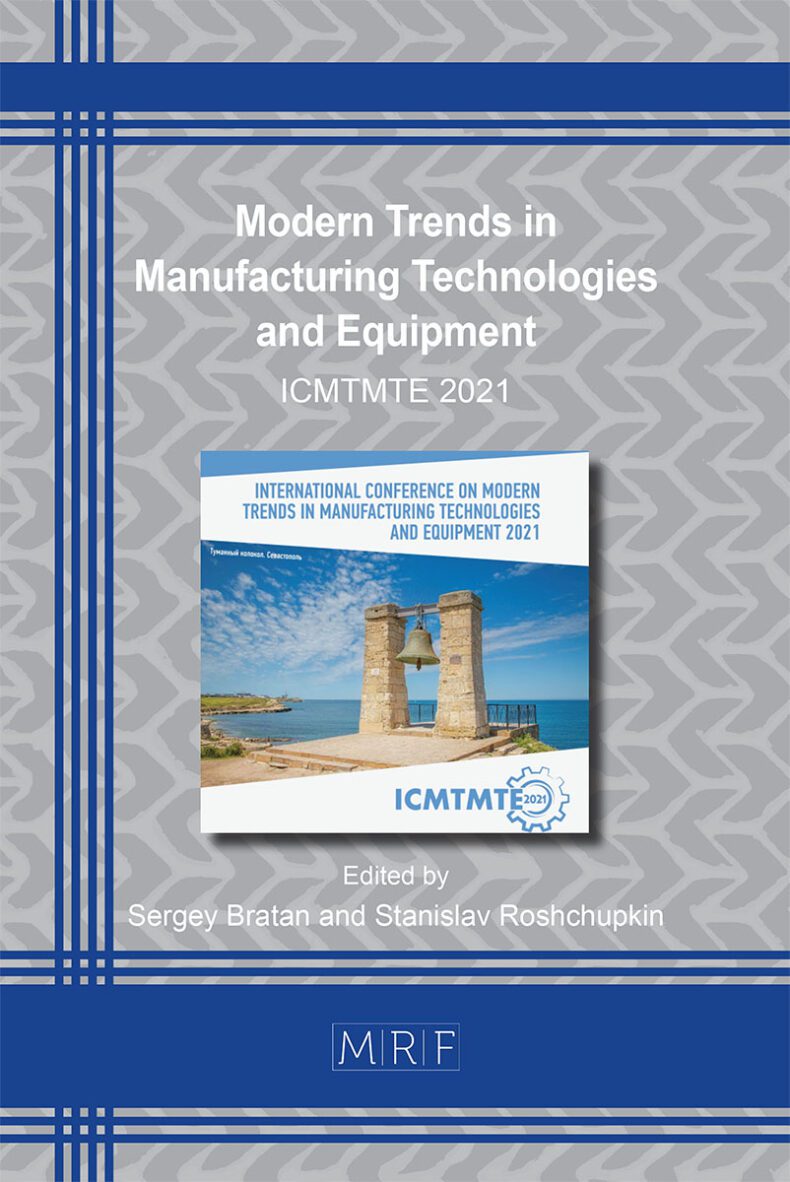Modern Technologies for Producing Foamed Phosphate Glass for Oil Sorbents
K.G. Karapetyan, D.O. Sobyanina
download PDFAbstract. The paper considers applications of foamed glassy phosphate materials as carriers of biologically active substances. The atomic layer deposition method allowed chemically synthesizing surface-modified composite materials based on graphite and carbon fibers, which maximally preserved the activity of enzymes and biologically active substances. The synthesis process of a mono-layer titanium-containing coating on the surface of graphite and carbon fibers by processing them with TiCl4 vapors is considered. The main characteristics of the graphite surface before and after modification and characteristics of the porous structure and surface of carbon fibers are obtained. Biologically active substances by adsorption from a solution to the surface of both the original and modified carriers were applied. biological activity and temperature stability of the obtained composite materials were studied. It is shown that the activity of a biologically active substance depends on the chemical composition and state of the surface of carbon-based carriers.
Keywords
Composite Materials, Foamed Glassy Phosphate Materials, Biosorbents, Surface Modification, Method of Molecular Layering, Purification of Water and Soil from Hydrocarbons
Published online 1/5/2022, 6 pages
Copyright © 2022 by the author(s)
Published under license by Materials Research Forum LLC., Millersville PA, USA
Citation: K.G. Karapetyan, D.O. Sobyanina, Modern Technologies for Producing Foamed Phosphate Glass for Oil Sorbents, Materials Research Proceedings, Vol. 21, pp 358-363, 2022
DOI: https://doi.org/10.21741/9781644901755-62
The article was published as article 62 of the book Modern Trends in Manufacturing Technologies and Equipment
![]() Content from this work may be used under the terms of the Creative Commons Attribution 3.0 licence. Any further distribution of this work must maintain attribution to the author(s) and the title of the work, journal citation and DOI.
Content from this work may be used under the terms of the Creative Commons Attribution 3.0 licence. Any further distribution of this work must maintain attribution to the author(s) and the title of the work, journal citation and DOI.
References
[1] V.E. Kogan, K.G. Karapetyan, Phosphate glasses as a basis of ecologically safe fertilizers of prolonged action and biosorbents-hydrocarbon destructors, Int. multidisciplinary scientific geoconference surveying geology and mining ecology management, SGEM, 18(5.1) (2018) 637–644. https://doi.org/10.5593/sgem2018/5.1/S20.082
[2] P’Yanova, L.G.,, Sedanova, A.V.,. Drozdetskaya, M.S. Synthesis and Research of Modified Carbon Sorbents with Hydroxy Acids (2016) International Conference on Oil and Gas Engineering, OGE 2016; Omsk State Technical UniversityOmsk; Russian Federation vol 152 pp. 639-646. https://doi.org/10.1016/j.proeng.2016.07.668
[3] P’Yanova, Kornienko, N.V., Suprunyuk, V.A., Study of the adsorption properties of molded carbon sorbents in relation to organic dyes in model conditions. AIP Conference Proceedings (2019) Volume 2143 N 020006. https://doi.org/10.1063/1.5122905
[4] I.V Pleskunov, A.G. Syrkov, Development of research of low-dimension metal-containing systems from P.P. Weymarn to our days, J. of mining instit. 231 (2018) 287–291.
[5] Basso A. Industrial applications of immobilized enzymes: A review/ Basso A., Serban, S.// Molecular Catalysis 2019 V.479110607. https://doi.org/10.1016/j.mcat.2019.110607
[6] T. Kääriäinen, A. Cameron, M.-L. Aäriäinen, K.A. Sherman, Atomic Layer Deposition: Princples, Characteristics, and Nanotechnology Applications, Book, John Wiley and Sons, 2013. https://doi.org/10.1002/9781118747407
[7] V. Miikkulainen, M. Leskelä, M. Ritala, R. Puurunen, Crystallinity Of Inorganic Films Grown By Atomic Layer Deposition: Overview And General Trends, J. Of Applied Physics 113(2) (2013) 021301. https://doi.org/10.1063/1.4757907
[8] Johnson, R.W., Hultqvist, A., Bent, S.F. A brief review of atomic layer deposition: From fundamentals to applications. (2014) Materials Today, 17 (5), pp. 236-246. https://doi.org/10.1016/j.mattod.2014.04.026
[9] Yatsenko, E.A., Gol’tsman, B.M., Kosarev, A.S., Karandashova, N.S., Smolii, V.A., Yatsenko, L.A. Synthesis of Foamed Glass Based on Slag and a Glycerol Pore-Forming Mixture // Glass Physics and Chemistry, 2018, Vol. 44(2), P. 152-155. https://doi.org/10.1134/S1087659618020177
[10] Yatsenko, E.A., Zubekhin, A.P., Smolii, V.A., Grushko, A.S., Gol’tsman, B.M. Resource-Conserving Technology of Heat-Insulation-Decorative Glass-Composite Material Based on Ash-Slag Wastes // Glass and Ceramics, 2015, Vol. 72(5-6), P. 216-219. https://doi.org/10.1007/s10717-015-9759-6
[11] Denisova, O.V., Rastvorova I.I. (2020) Carbon materials for immobilization of biologically active substances. Key Engineering Materials, 2020, 836 KEM, 52-57. https://doi.org/10.4028/www.scientific.net/KEM.836.52

































